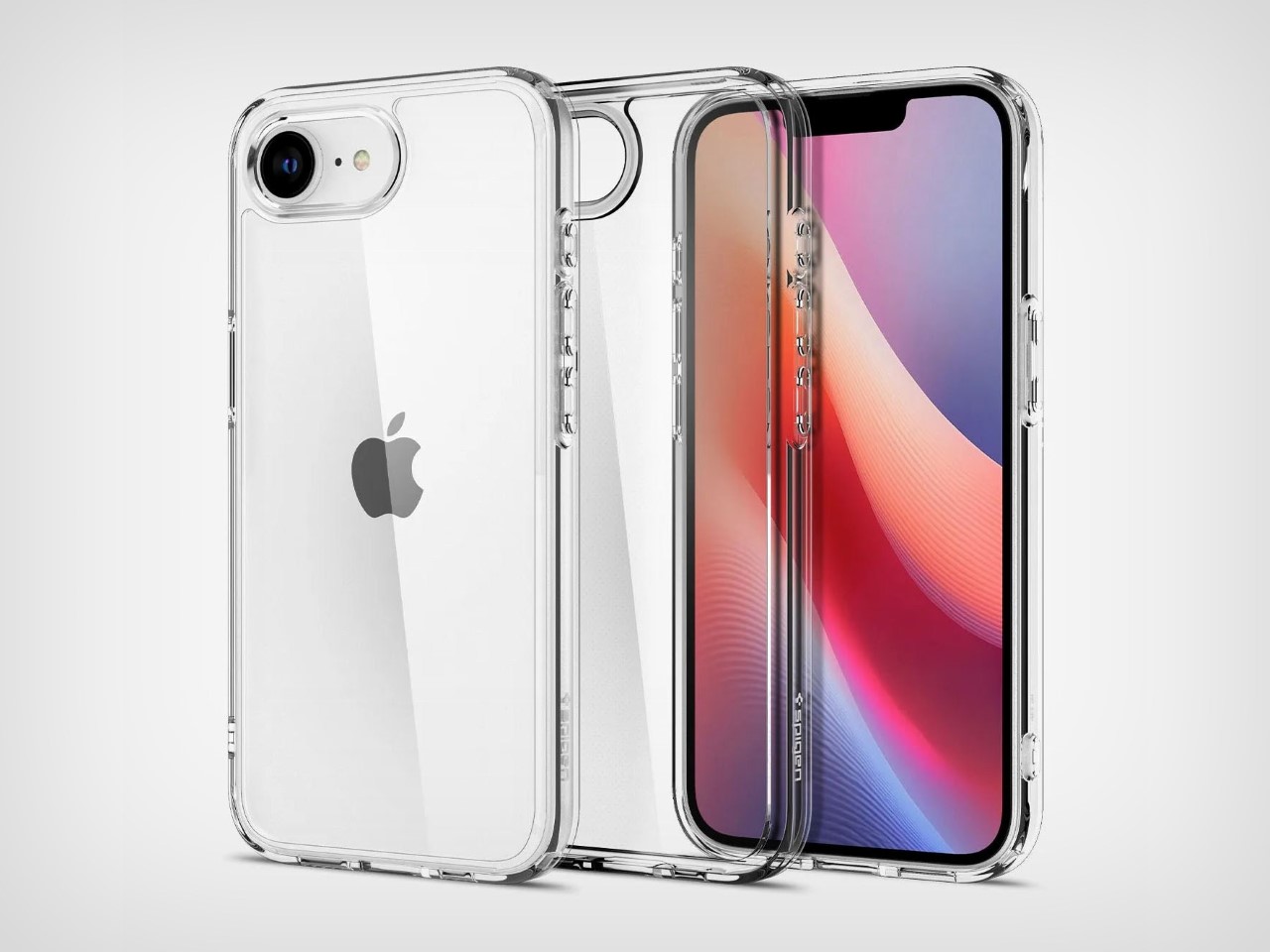Jason Snell Went There, Calls for iOS to Follow the Mac Model for Software Distribution
Jason Snell, in a column for Macworld back in November (same column at Six Colors, for members): This is an important moment. Apple has built two separate models for running software on our devices. In one, there’s a gradient of trustworthiness that strongly encourages users to stick to the safe, well-lit paths–but allows competitors to go their own way and users to make different decisions than Apple would prefer they make. And, yes, at the extremes, users can behave in ways that might open them up to danger, but only after many warnings. It’s a very good system. Apple built it that way because it cares about the Mac, the Mac ecosystem, and Mac users. Of course, the other model is the one we’re familiar with from iOS: There’s only one layer and Apple entirely controls it. Even though we’re spending thousands of dollars to own devices that can run software developed by clever people from all over the world, Apple believes that only it should be able to determine what kinds of apps are allowed, that it should always be cut in on the revenue of every financial transaction inside those apps, and that if it doesn’t like anything about a developer’s app, it can demand it be changed or the app made to disappear into oblivion. That both of these approaches come from the same company is… kind of staggering, to be honest. [...] I know which Apple-built approach should be the model for the future of software on computing devices. The good news is that Apple has already built it. The era of top-down control of our devices needs to end. The Mac is the model. I’ve been itching to link to this since he wrote it, but I was torn between the urge to write something long, or just link to it and keep my commentary short. Short it is, for now. I don’t think Snell is wrong. I know many — perhaps most? — of you reading this agree with him. I’m quite certain that if iOS shifted to Mac-style rules for software distribution, I personally would enjoy it with zero downsides — I’d gain access to software previously unavailable from App Store (we could make Kotoba a simple download, for example), new software that never existed in the first place due to App Store rules would spring into existence, and I’m quite confident I’d personally never once be tricked or fooled into installing even a single piece of software I’d later come to regret. So if Apple were ever to follow Snell’s advice — whether by a change of mind in Cupertino, or begrudgingly at the figurative gunpoint of government regulation — I would personally come out happier for it. So too, probably would you. But I don’t think Apple should do this, because I think there are tens of millions — maybe hundreds of millions — of iPhone users who would wind up installing apps they’d come to regret having installed. An updated, longer take from me on this will have to wait, but for now, I direct your attention to these previous takes on at least some aspects of this: June 2021: “Annotating Apple’s Anti-Sideloading White Paper” November 2021: “Craig Federighi’s Sideloading Keynote at Web Summit” January 2024: “Coming to Grips With Apple’s Seemingly Unshakable Sense of Entitlement to Its Commissions From Third-Party iOS Apps” ★

Jason Snell, in a column for Macworld back in November (same column at Six Colors, for members):
This is an important moment. Apple has built two separate models for running software on our devices. In one, there’s a gradient of trustworthiness that strongly encourages users to stick to the safe, well-lit paths–but allows competitors to go their own way and users to make different decisions than Apple would prefer they make. And, yes, at the extremes, users can behave in ways that might open them up to danger, but only after many warnings. It’s a very good system. Apple built it that way because it cares about the Mac, the Mac ecosystem, and Mac users.
Of course, the other model is the one we’re familiar with from iOS: There’s only one layer and Apple entirely controls it. Even though we’re spending thousands of dollars to own devices that can run software developed by clever people from all over the world, Apple believes that only it should be able to determine what kinds of apps are allowed, that it should always be cut in on the revenue of every financial transaction inside those apps, and that if it doesn’t like anything about a developer’s app, it can demand it be changed or the app made to disappear into oblivion.
That both of these approaches come from the same company is… kind of staggering, to be honest. [...] I know which Apple-built approach should be the model for the future of software on computing devices. The good news is that Apple has already built it. The era of top-down control of our devices needs to end. The Mac is the model.
I’ve been itching to link to this since he wrote it, but I was torn between the urge to write something long, or just link to it and keep my commentary short. Short it is, for now. I don’t think Snell is wrong. I know many — perhaps most? — of you reading this agree with him. I’m quite certain that if iOS shifted to Mac-style rules for software distribution, I personally would enjoy it with zero downsides — I’d gain access to software previously unavailable from App Store (we could make Kotoba a simple download, for example), new software that never existed in the first place due to App Store rules would spring into existence, and I’m quite confident I’d personally never once be tricked or fooled into installing even a single piece of software I’d later come to regret. So if Apple were ever to follow Snell’s advice — whether by a change of mind in Cupertino, or begrudgingly at the figurative gunpoint of government regulation — I would personally come out happier for it. So too, probably would you.
But I don’t think Apple should do this, because I think there are tens of millions — maybe hundreds of millions — of iPhone users who would wind up installing apps they’d come to regret having installed. An updated, longer take from me on this will have to wait, but for now, I direct your attention to these previous takes on at least some aspects of this:





































































/cdn.vox-cdn.com/uploads/chorus_asset/file/25651499/_STK084_SONOS_D.png)





